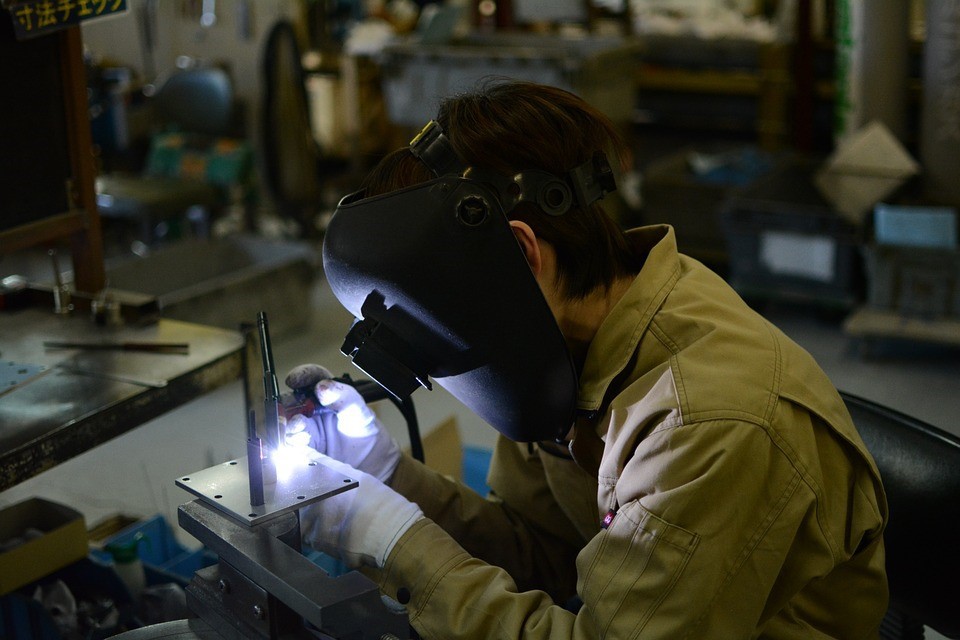

|
Edward Lowton
Editor |


|
| Home> | Production Engineering | >Welding | >Safety hazards in the welding industry |
Safety hazards in the welding industry
04 December 2017
Due to the many materials and different equipment used within the welding industry, it is essential that companies are aware of the potential risks to employees and equip them accordingly.

AirBench offers some tips:
Arc rays
Exposure to ultraviolet (UV) radiation is common in the industry – generated by arc welding. Frequent exposure to arc rays can be damaging to the eyes and it may cause eye burn – commonly referred to as ‘arc eye’ or the ‘welder’s flash’.
Excessive exposure to UV radiation can cause extreme eye discomfort, while continuous exposure can lead to permanent eye damage. Part of a welder’s personal protective equipment (PPE) includes proper eye shading to defend against the hazards of radiation – either in the form of helmet-type shields or hand-held face shields.
Electric shocks
Employees in the industry are often in close contact with welding equipment that is operated electronically. As the job entails joining materials that are in metal form, this exposes workers to electric hazards that can cause minor to serious injuries.
Secondary voltage shocks are the most common type of electric shocks in welding, which can range from 20 to 100V. By following preventive measures, you can ensure that your employees are protected against secondary voltage shocks:
- Wear welding gloves that are dry and in good condition
- Inspect the electrode holder before beginning to weld
- Keep the welding equipment in good condition
- Do not touch any welding equipment with skin or wet clothing
Fires and explosions
Molten metals and sparks can cause intense heat, which can lead to fire or even an explosion once in contact with any combustible material or flammable gas. When welding, keep in mind the following reminders for the utmost fire or explosion protection:
- Avoid working in areas that are near fuels or hydraulic lines
- Keep combustible materials away from the work area
- Before welding, workers must use fire-resistant shields around the work area
Fumes and gases
Welding fumes can be hazardous to operators, visitors and other industrial employees; causing a range of health issues. The compounds that are being burned during the welding process contain harmful substances and inhalation or exposure can be detrimental to our health.
To promote a safe and productive welding environment, workers should wear the proper PPEs. Good ventilation and efficient fume extraction systems should also be fitted in the workplace, especially when working in a confined space. Extraction systems are specially made to prevent the inhalation of welding fumes and gases – by absorbing and filtering them.
With a range of fume extraction systems that are reliably effective, welding smoke inhalation and exposure to harmful gases and fumes can be significantly reduced. For more product information and other enquiries about our extraction systems,
- HSE safety alert for mild steel welding fume
- Automated filter cleaning
- AirBench releases new wet downdraught bench
- AirBench launches new VertEx DFB downflow booth
- Upgraded range of oil mist filters
- Larger welding and grinding bench.
- Captures dust
- AirBench debuts new modular mist filter system
- Upgraded range of oil mist filters
- Blowdown station helps control coolant

















